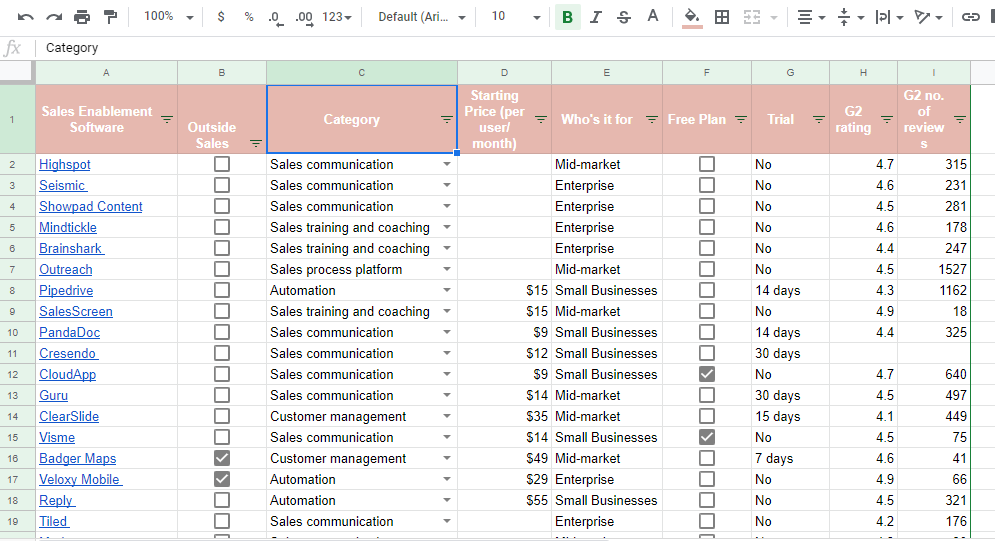
Us doing sales in the 21st century enjoy a very significant advantage - digital technologies. Companies have Salesforce and Microsoft Dynamics 365 to store data, track sales performance and do monthly sales forecasting. Almost anything nowadays has a digital footprint. Before we can talk to our clients, we already know which pages they clicked on.
But way too often, we fail to utilize that advantage, baffled at the massive amount of sales data, while doubting its accuracy.
This week, we tackle the key game-changing question: How do you successfully take advantage of the sales data, without putting on the Data Scientist hat?
One of the reasons why we struggle with sales data analytics is lack of clarity towards what we want to gain from this. Your sales team made 100 calls this month, so what?
After all, all the pie charts and line graphs are just meaningless numbers, if they don’t fit in your company’s stories.

Now before you start to slice and dice your sales data, keep an eye on your ultimate goal when formulating a data-driven sales strategy.
Say, if your annual goal is to achieve a 200% increase in revenue, you have to translate that goal into specific types of sales data, using the reverse-engineer approach we talked about earlier.
Does that mean salespeople need 2.5x more opportunities? If it’s not possible, does that mean we need X more sales people?
Download KPIs Calculator in Excel to automatically calculate your KPIs
Once you’ve set your mind on the specific sales metrics you want to obtain data on, it’s time to communicate your KPIs with the whole team.
The importance of transparent KPIs is just equivalent to being able to stick to your goal. Ideally, everyone would strive towards the same goal and intentionally try to get more sales data.
However, for different departments, the set KPIs have different implications.
There are a lot of roadblocks in your way to using sales data to accelerate revenue growth. The most common one - that most of us might not be aware of - is the quality of sales data.
To cut the explanation short, high-quality data contains these elements:
This is way too obvious, but I feel like not enough people can bother to follow up. You’ve done the hard work of setting KPIs, creating dashboards and reports, then waste all of that time and effort by just not following up at all.
Pro tips:
Now’s the time for the hardware part. When looking for the sales software that fits your purpose, it’s like a jungle out there. There are way too many options, and you're easily stuck with analysis paralysis.
That's why we’ve gathered a full list of sales enablement software with built-in filters in an Excel sheet here.

In the information age, it’s easy to hop on the data-driven strategy without really understanding the ins and outs of it. With this guide, we hope you’ll have a better picture of how sales data could be used to accelerate your revenue.
Lorem ipsum dolor sit amet, consectetur adipiscing elit

These Stories on CRM
Fredrikinkatu 33,
00120 Helsinki, Finland
Maria Sundström
Call :+358 40 768 3813
Email: maria.sundstrom@liid.com
No Comments Yet
Let us know what you think